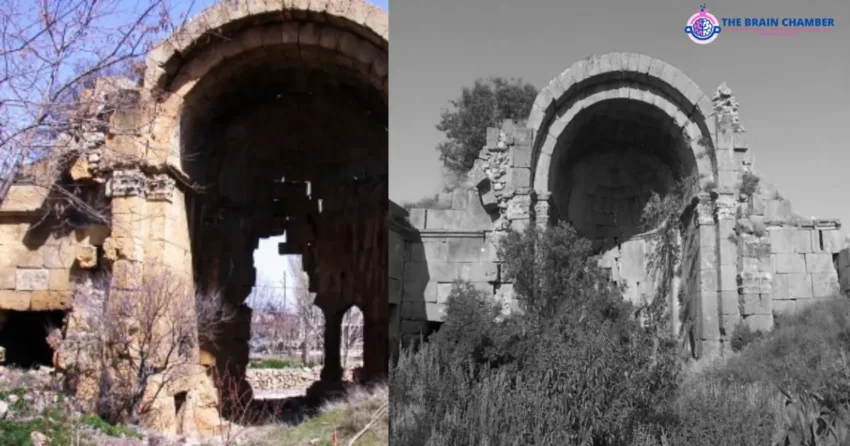Dagpazari Church, located in Mersin Province, Turkey, is a significant example of early Christian architecture. Built during the Byzantine era, this church has gained attention for its architectural and historical value. Its construction dates back to the 5th or 6th century AD, a period marked by the expansion of Christianity within the Roman Empire.
Get your dose of History via Email
Architectural Features
The church’s architectural style reflects typical Byzantine characteristics. It is a basilica-type structure, a common design for early Christian churches. The church’s layout consists of a rectangular nave flanked by two aisles, separated by rows of columns. The apse, located at the eastern end, served as the focal point for liturgical practices.
The use of stone in the church’s construction is notable. The builders employed finely cut stone blocks, a technique prevalent in Byzantine architecture. The walls, originally covered in plaster, may have contained frescoes, though little evidence of such decoration remains today.
Historical Context
Dagpazari Church was built during a time of significant change in the region. The Byzantine Empire, under the rule of emperors such as Justinian I, sought to consolidate Christian power. Churches like Dagpazari were symbols of this effort, serving both religious and social functions.
The church’s location in Mersin Province, near the Taurus Mountains, suggests it served a rural community. Christianity was spreading beyond urban centers, reaching remote areas of the empire. Dagpazari Church likely played a crucial role in the Christianization of the local population.
Archaeological Findings
Archaeological excavations at Dagpazari Church have revealed important details about its construction and use. The remains of the original mosaic floor, though heavily damaged, indicate the church’s once-grand interior. Additionally, fragments of inscriptions found on-site provide insight into the church’s patrons and the community it served.
The church’s structure has suffered from the passage of time. However, the surviving elements allow historians and archaeologists to reconstruct its original form. Continued study of the site contributes to our understanding of early Christian architecture in the Byzantine period.
Preservation and Significance
Preservation efforts at Dagpazari Church have been limited. The site is not as well-known as other Byzantine-era churches, which has impacted the resources allocated for its conservation. However, its historical and architectural significance cannot be overstated.
Dagpazari Church offers a unique glimpse into the spread of Christianity in rural Anatolia. It serves as a reminder of the region’s rich cultural heritage and the enduring legacy of the Byzantine Empire. For scholars, it provides valuable insights into the architectural and social history of the early Christian period.
Conclusion
Dagpazari Church is an important historical site that reflects the early spread of Christianity in the Byzantine Empire. Its architectural features, historical context, and archaeological findings make it a significant subject of study. Though not as well-preserved as other sites, its value lies in the insights it offers into early Christian architecture and society. Further research and preservation efforts are essential to protect this remarkable example of Byzantine heritage.
Source:

